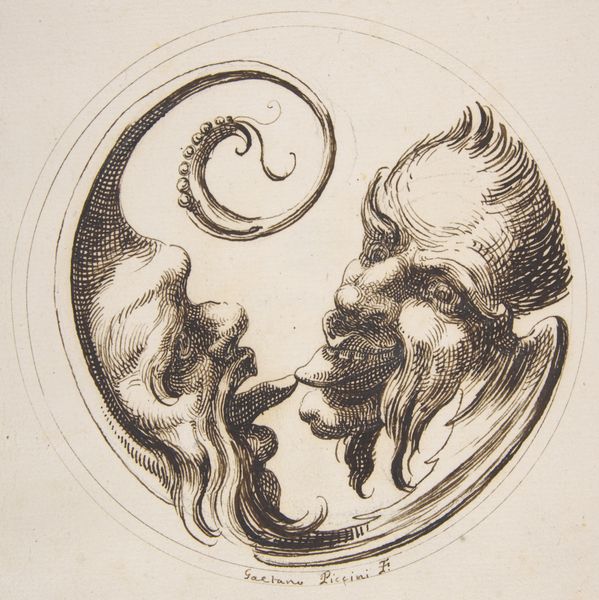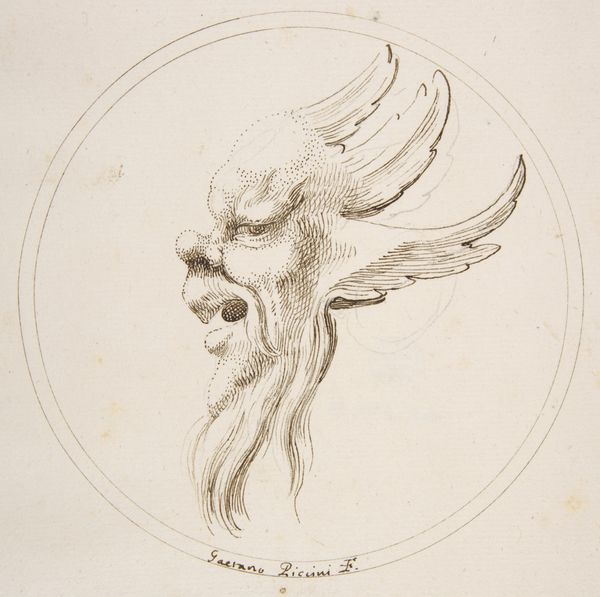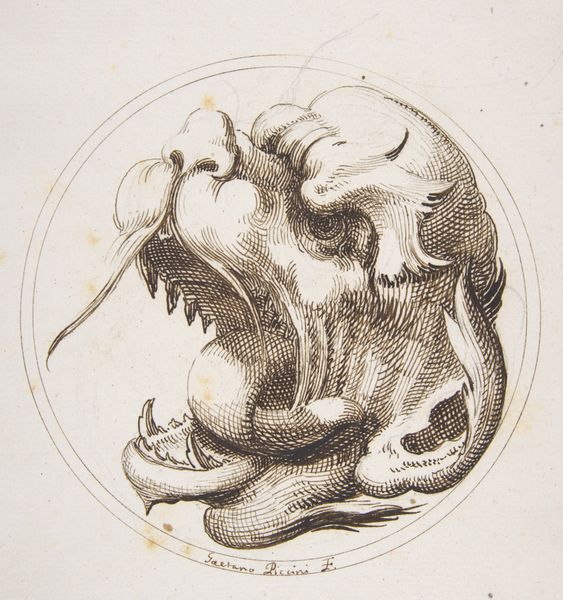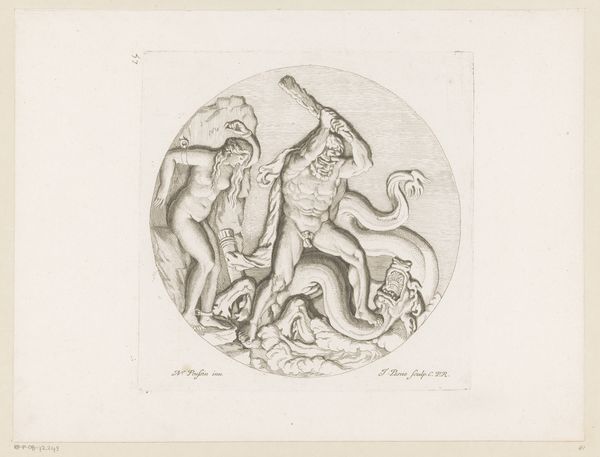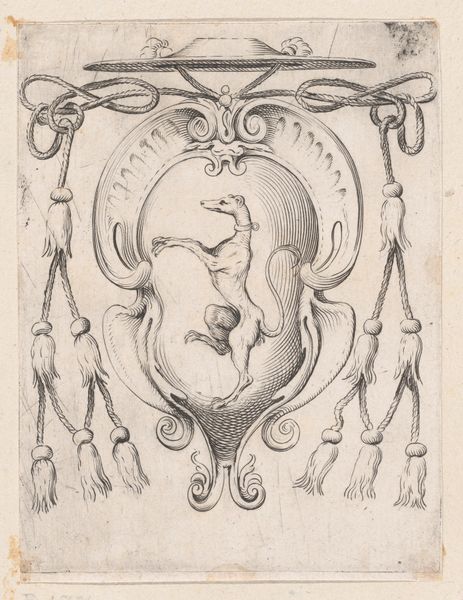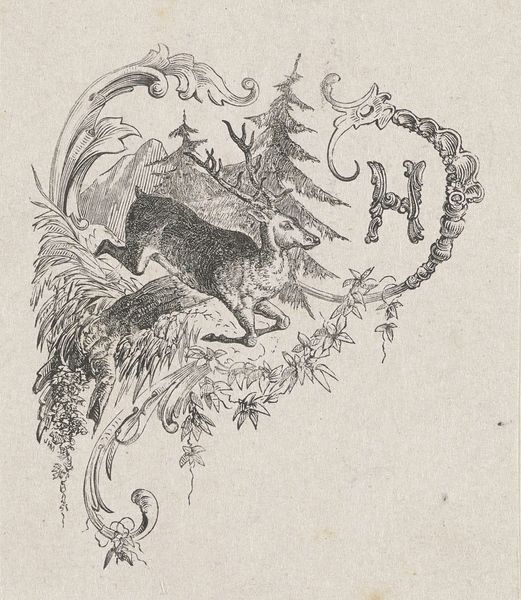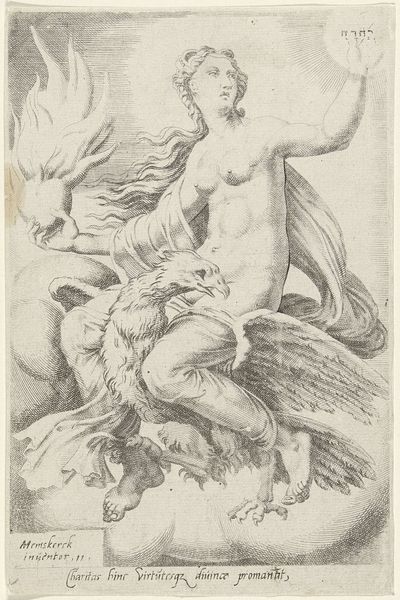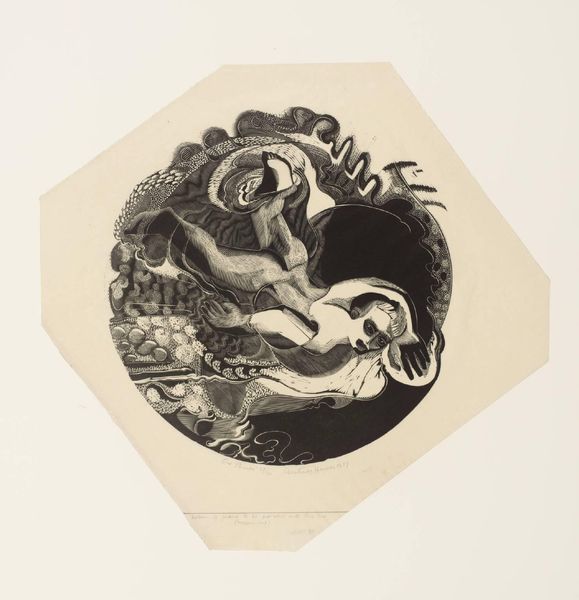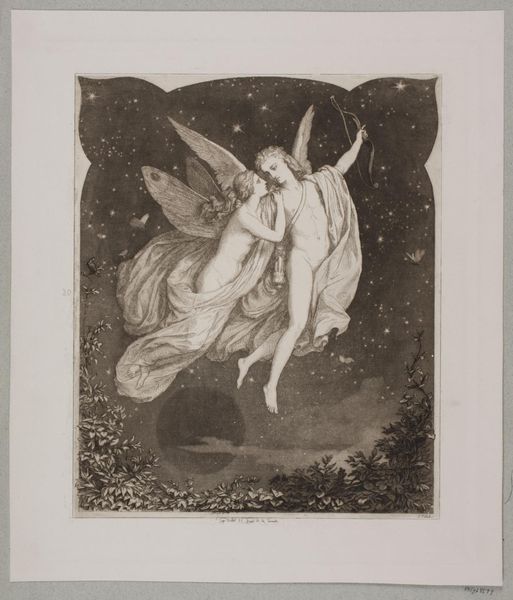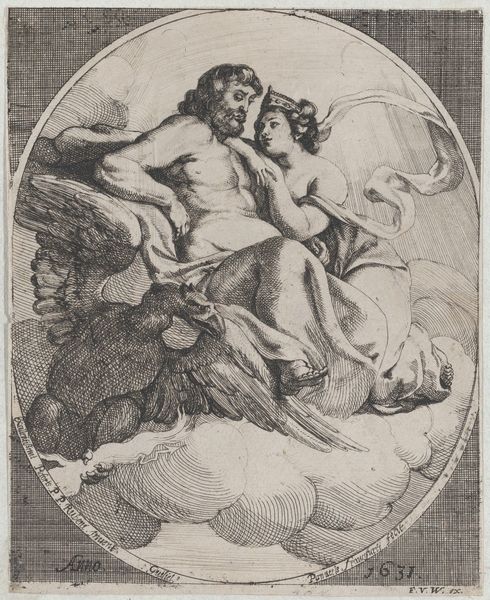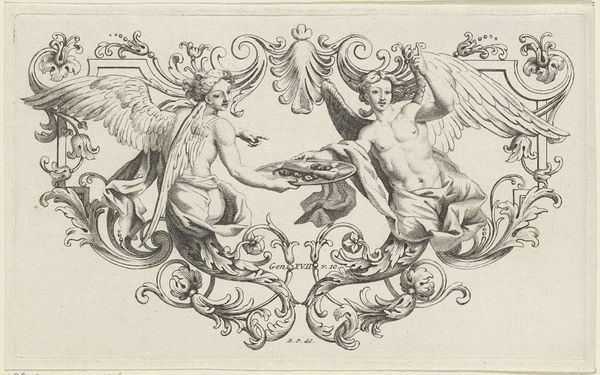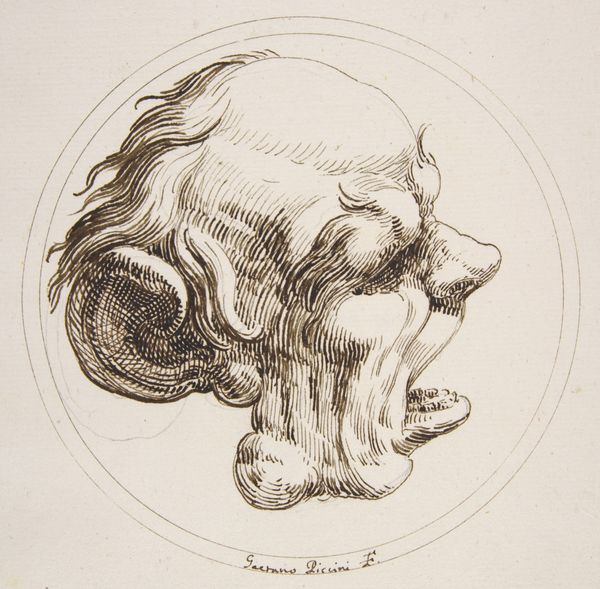
Two Grotesque Heads Facing One Another within a Circle 1727
0:00
0:00
drawing, print, engraving
#
drawing
#
baroque
# print
#
figuration
#
pencil drawing
#
grotesque
#
engraving
Dimensions: sheet: 12 7/8 x 8 1/2 in. (32.7 x 21.6 cm)
Copyright: Public Domain
Editor: Here we have Gaetano Piccini's "Two Grotesque Heads Facing One Another within a Circle" from 1727, currently housed at the Met. It's an engraving, and the effect is… unsettling. The figures seem caught in a perpetual, silent confrontation. How do you interpret this work? Curator: This engraving belongs to a long tradition of grotesque imagery used to explore the boundaries of taste and social order. Think about the context – the early 18th century, a period of intense social stratification. Images like these allowed a certain level of transgression, a safe way to engage with the darker, less rational aspects of society. Does the visual tension created between the two figures perhaps symbolize something broader about that period? Editor: That’s fascinating! The "grotesque" wasn't just about being ugly, but a kind of social commentary? Like a pressure release valve? Curator: Precisely! It could mock the aristocracy, or challenge notions of beauty sanctioned by the elite. These prints were relatively accessible, potentially reaching a wide audience and shaping public opinion through visual satire. Who had access to these images is essential to consider, along with where would they see them. Editor: I never thought about art being used in such a directly political way back then! What exactly makes the figures "grotesque" though? Is it simply their exaggerated features? Curator: It's the deliberate distortion, isn't it? The unsettling combination of human and non-human elements that violates classical ideals of harmony and proportion. How does that violation invite different interpretations when contrasted to the established values of beauty within society? Editor: It makes them feel like caricatures, pushing existing stereotypes to an absurd degree. It completely shifted my perspective on art’s role in reflecting - and shaping - societal attitudes. Thanks! Curator: Absolutely, looking closer helps us to understand the political function of these images and how that changed over time.
Comments
No comments
Be the first to comment and join the conversation on the ultimate creative platform.
